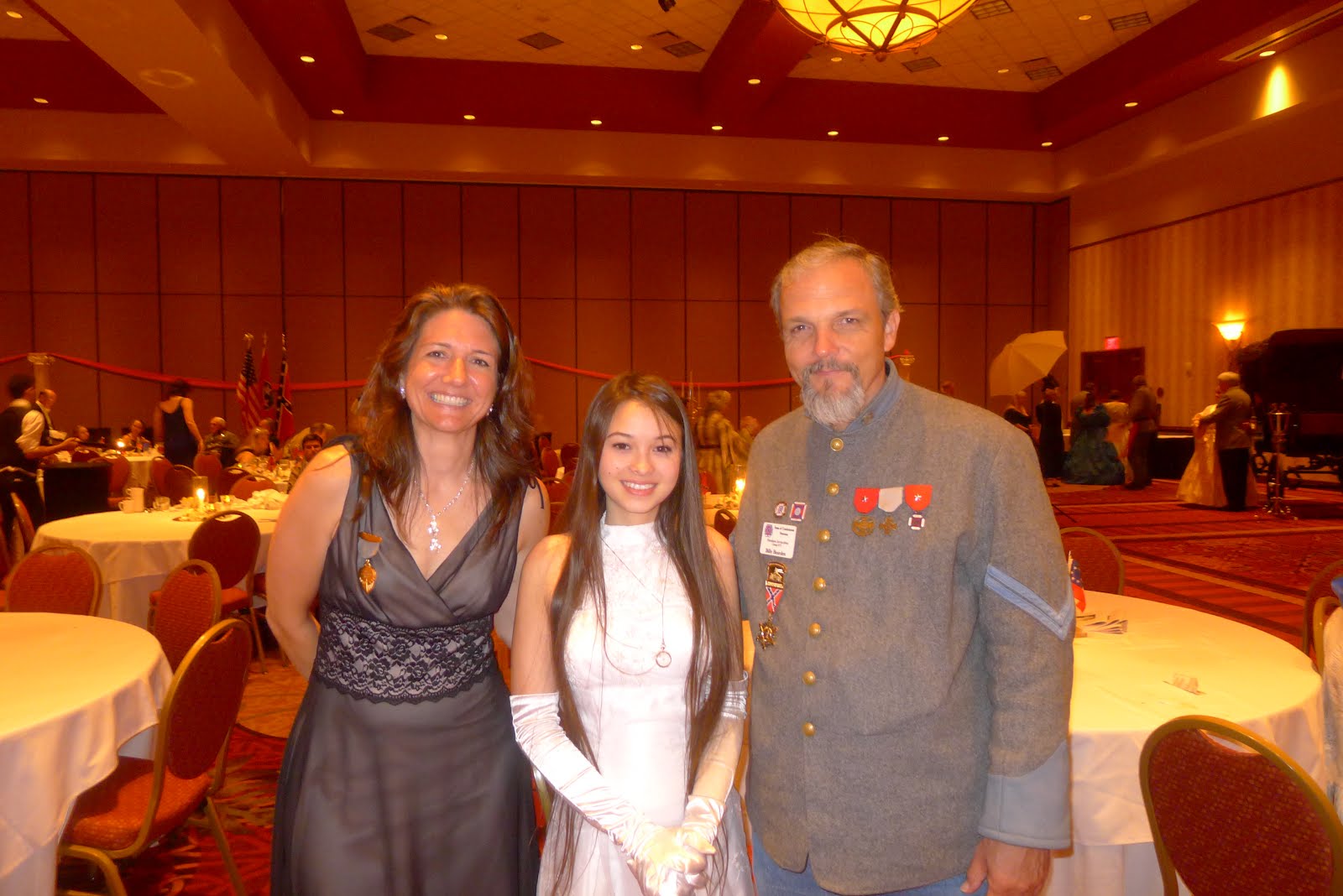
*152 years later, the Virginia Flaggers marked the occasion of the birth of the Confederate Battle Flag, THE SOLDIERS' FLAG, by displaying the 15x15 ANV Battle Flag that will be raised September 28th at the RVA I-95 Flag Site, on the steps of the Virginia State Capitol.
Surely this must have ruined the Useful Fools night. :)
*"When the Confederate Army of the Shenandoah, under Joseph E. Johnston, and the Confederate Army of the Potomac, under Pierre G. T. Beauregard, met Union forces at the First Battle of Manassas on July 21, 1861, their troops flew an assortment of flags, both state and national. (States' rights was a founding principle of the Confederacy and influenced the attachment many units had to their state flags. Some Virginia and North Carolina soldiers refused to fly anything but their state flags.) The Stars and Bars' resemblance to the U.S. flag, combined with similarities between the two sides' uniforms and the general confusion of battle, contributed to an incident at First Manassas in which Confederate forces fired on a Confederate infantry brigade commanded by Jubal A. Early. Shortly after, Johnston and Beauregard resolved to establish a new, sufficiently distinctive flag for their troops, and they consulted one of Beauregard's aides, the same William Miles who had opposed the original flag in the first place.
Miles resurrected what had been his preference for the national flag, a design of his own that featured a blue saltire, or X shape, with a white border and white stars (again, one for each state) on a field of red. The Committee on the Flag and Seal had rejected it the first time, suggesting that it looked "like a pair of suspenders," and now the members rejected it again. Johnston and Beauregard decided to use it anyway, with Beauregard proposing to Johnston two Confederate flags: "a peace or parade flag, and a war flag to be used only on the field of battle." This second flag, the so-called battle flag, would be the one Miles designed, and the two generals and their lieutenants met at Fairfax Court House in September 1861 to work out the details. At Johnston's urging, a square design was adopted, and each branch of the army was assigned a different size: forty-eight inches square for infantry, thirty-six inches square for artillery, and thirty inches square for cavalry."
-- Encyclopedia Virginia







